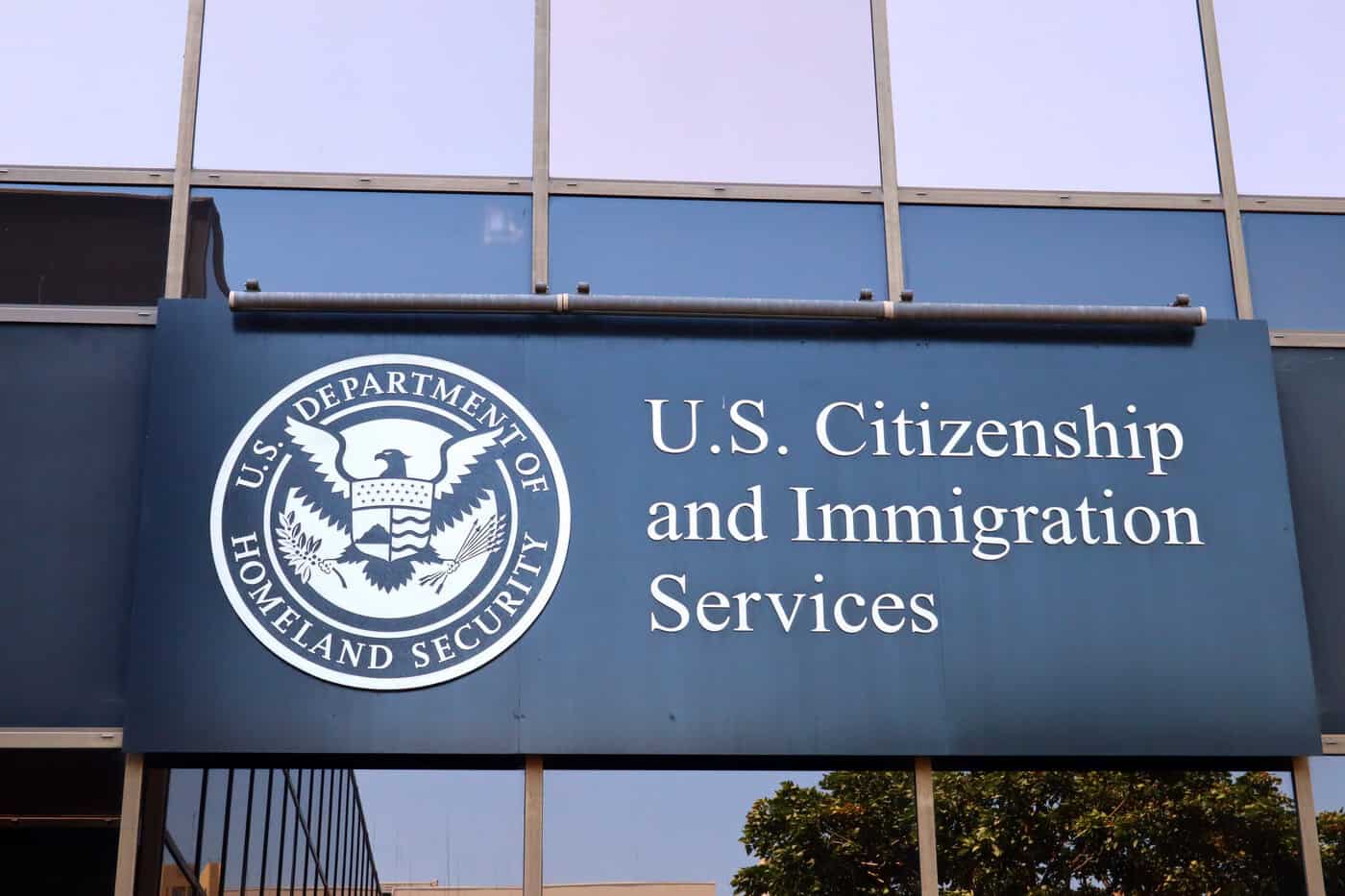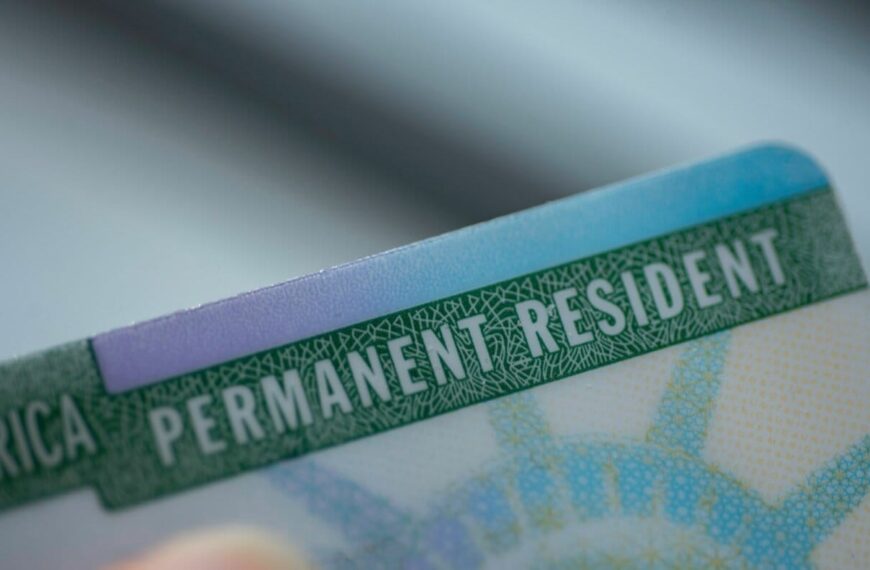USCIS Introduces Electronic Payments for Immigration Fees
The U.S. Citizenship and Immigration Services (USCIS) has made a significant stride towards modernizing its processes by introducing a new electronic payment option for immigration fees. This initiative is designed to streamline the payment process and enhance the overall experience for applicants. In this article, we will delve into the details of this new payment system, its implications for applicants, and how it fits into the broader context of immigration reform.
Understanding the Electronic Payment System
The newly implemented electronic payment option allows applicants to pay their immigration fees online. This system is particularly beneficial for individuals navigating the complexities of immigration processes, such as those applying for visas, green cards, or citizenship. The move to an electronic payment system aims to reduce processing times and improve efficiency within the USCIS offices.
Key Benefits of the Electronic Payment System:
Impact on Immigration Applicants
For many individuals, the immigration process can be daunting, especially when dealing with fees and payments. The introduction of electronic payments is expected to alleviate some of these concerns. Applicants can now quickly access the USCIS online portal, where they will find the new payment option under their respective application types.
This change also reflects a broader trend in immigration services toward digitization, which is essential in today’s fast-paced world. By adopting a more modern approach, USCIS is making strides to ensure that the immigration process is more accessible and user-friendly.
Relevance to Current Immigration Issues
The implementation of electronic payments is part of a larger conversation surrounding immigration reform in the United States. With ongoing discussions and debates about policies, such as the 287(g) program and humanitarian parole news, this transition is a step towards enhancing service delivery.
The electronic payment system is particularly relevant amid recent immigration news, including updates related to advance parole and DACA. As the immigration landscape continues to evolve, the USCIS is taking proactive measures to adapt to the needs of its constituents.
Support Available for Applicants
In addition to the new payment option, USCIS has provided resources to assist applicants in navigating the immigration process. The USCIS office locator can help individuals find local offices and services, ensuring they are well-informed about their options.
Moreover, community organizations and legal aid services offer valuable support for those seeking guidance on immigration applications. This support can be especially crucial for individuals from diverse backgrounds, including those from countries like Cuba, Nicaragua, and Venezuela, who may be seeking asylum or other forms of relief.
Looking Ahead: The Future of Immigration Payments
The introduction of electronic payments marks an important development in the quest for an efficient immigration system. As USCIS continues to innovate and improve its services, applicants can expect further enhancements that align with modern technological advancements.
In light of ongoing discussions around immigration reform, it will be essential for the USCIS to remain responsive to the needs of applicants. This includes addressing issues related to deportation updates, legal representation, and overall immigration policy changes that impact communities across the nation.
Conclusion
The USCIS’s launch of electronic payment options for immigration fees is a significant step forward in modernizing the immigration process. This initiative not only simplifies payments but also aligns with broader efforts to improve the efficiency and accessibility of immigration services. As we continue to follow immigration news and potential reforms, it is clear that the USCIS is committed to enhancing the experience for applicants across the board.
Whether you are applying for a visa, seeking asylum, or exploring options under the parole in place program, the new electronic payment system is one of many changes aimed at improving your journey through the immigration landscape. Stay informed and engaged with the latest immigration developments to make the most of the resources available to you.










